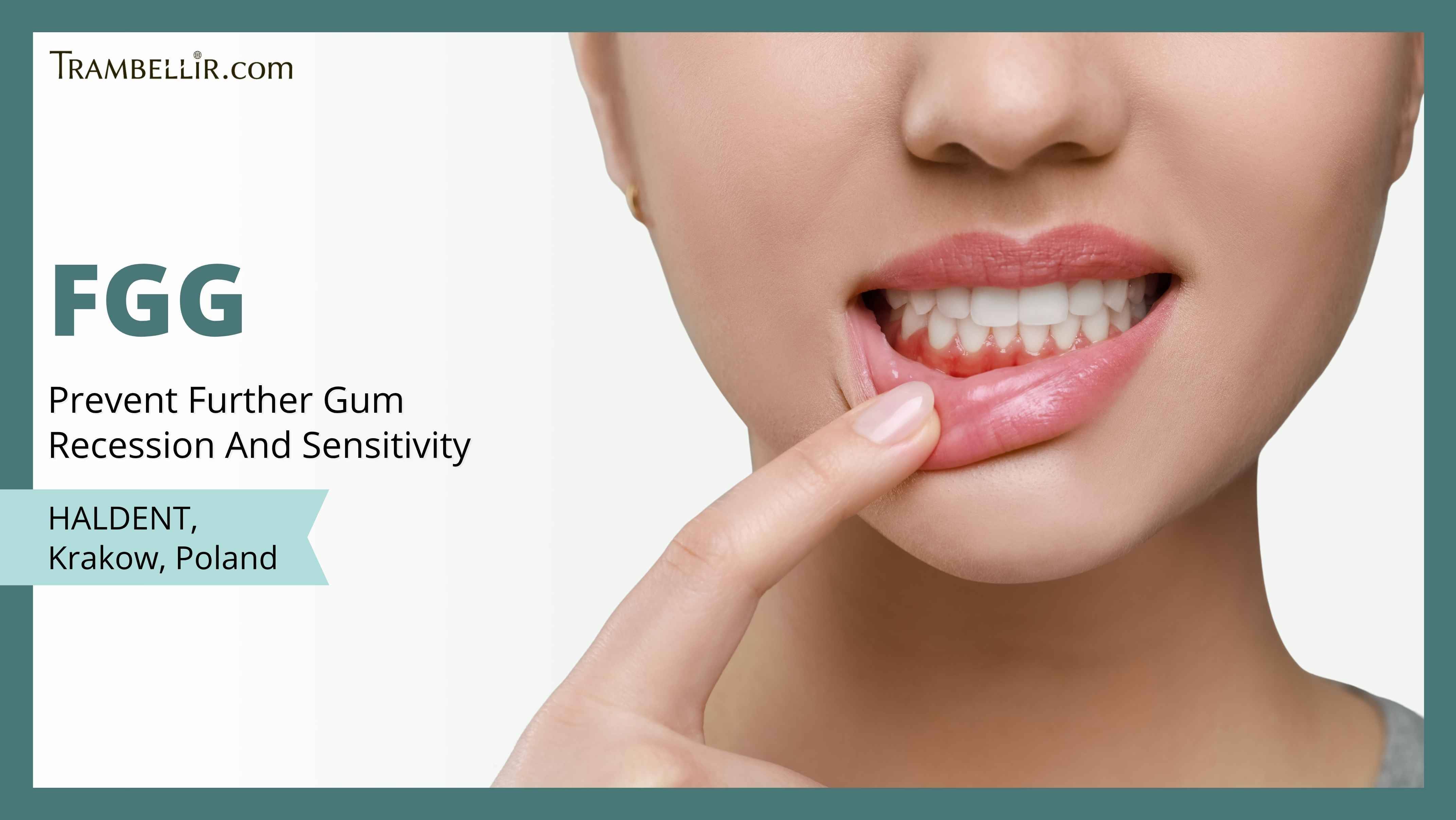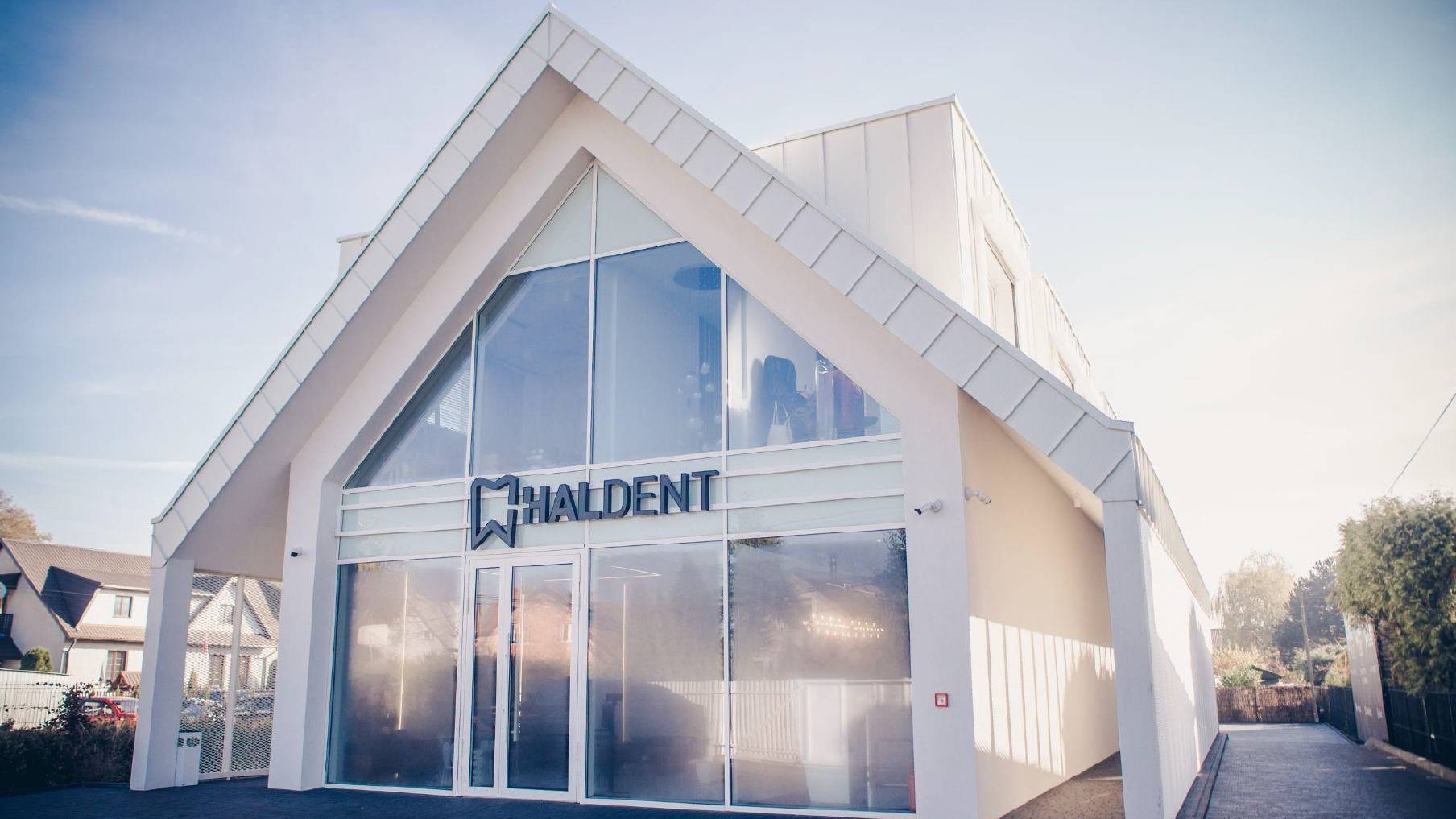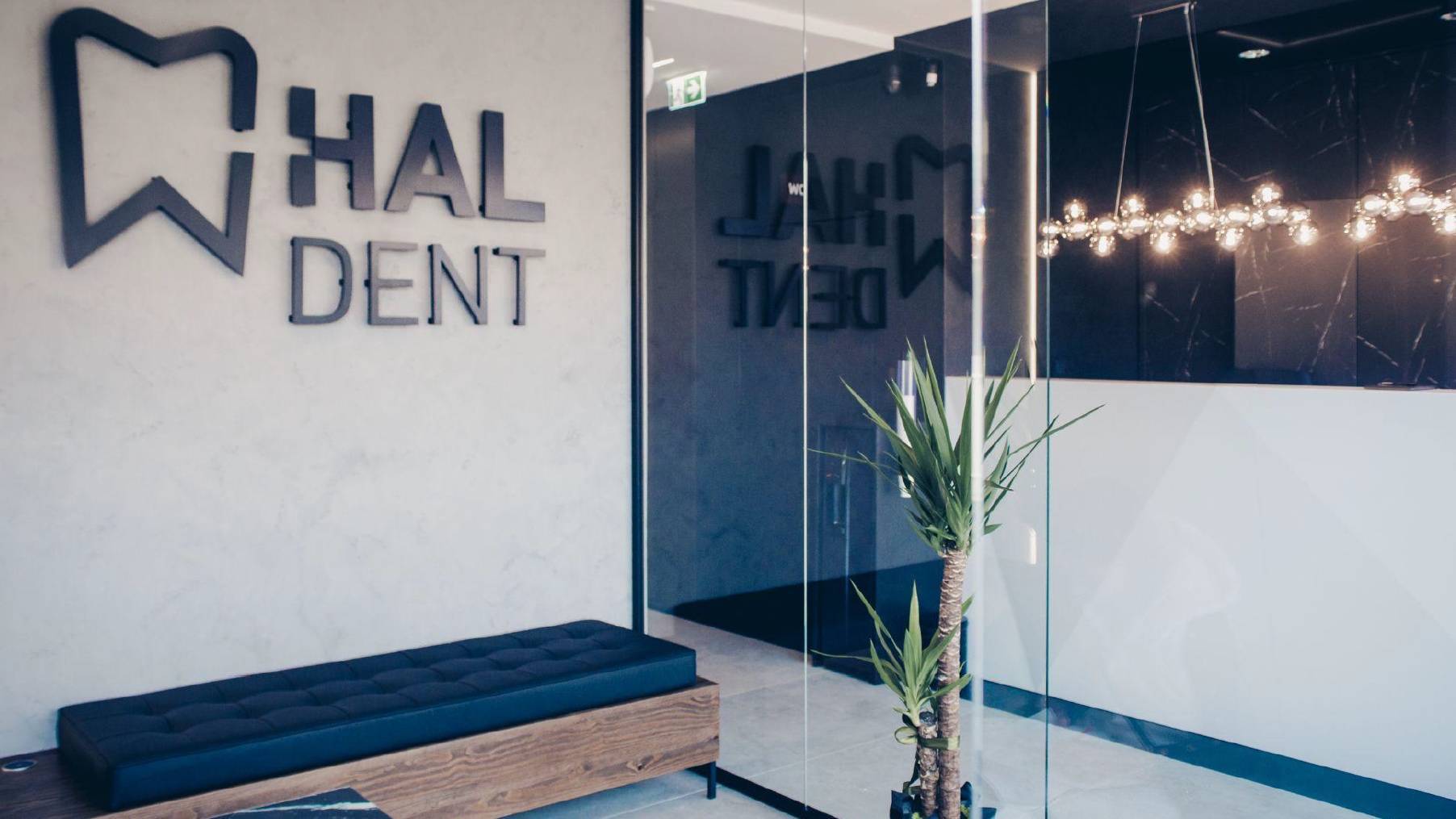It Is Suitable For
· Those in Krakow seeking a prevention of further gum recession.
· Those with thin or weak gum tissue.
· Those with gum sensitivity or exposure of tooth roots.
· Those who want to improve gum health around teeth or dental implants.
· Those who wish to enhance long-term oral hygiene.
What Is FGG?
FGG is Free Gingival Graft, a type of dental procedure designed to strengthen and thicken the gum tissue in areas where the gums have become thin or receded. The main purpose of the procedure is to prevent further gum recession and create a more durable barrier against mechanical and bacterial damage.
Free Gingival Graft serves not only a protective function but also plays a significant role in improving overall oral health. By increasing the width of attached gum tissue, the graft reduces the likelihood of inflammation and discomfort during cleaning. It creates a more resilient environment that can withstand brushing and chewing forces. The grafted tissue gradually integrates into the surrounding gums, forming a strong and healthy layer that supports the natural structure of the mouth.
In addition to its functional advantages, the procedure can also provide aesthetic improvement. While not primarily aimed at cosmetic enhancement, the creation of a balanced gum line contributes to a healthier and more uniform appearance of the mouth. It enhances comfort during oral care and supports long-lasting dental results. For patients experiencing gum recession, thin gingiva, or lack of attached tissue around dental implants, Free Gingival Graft offers a predictable solution that reinforces the gums, improves resistance to irritation, and supports a lifetime of better oral hygiene.
How It Works
FGG begins with a consultation by the dentist at the affiliated clinic, where the condition of the gums is carefully evaluated through a detailed examination. The procedure is scheduled and performed under local anesthesia to ensure comfort throughout the process. The procedure is generally completed within 45 to 90 minutes, depending on the number of areas being treated and the complexity of the graft placement.
During the procedure, the dentist first prepares the recipient area by gently cleaning and shaping it to receive the graft. A small piece of tissue is then removed from the donor site, which contains both the surface layer and connective tissue. This graft is carefully placed over the prepared site and closed with fine sutures. The graft acts as a protective layer and gradually bonds with the underlying tissue.
Following the procedure, mild swelling or soreness may occur but this typically subsides within 1 week. Sutures removal may be required 1 to 2 weeks after procedure if non-dissolvable sutures are used. Most patients are able to resume normal daily activities after 2 to 3 days, though strenuous activities and hard foods should be avoided for 2 to 3 weeks. The dentist may apply a protective dressing and prescribe medication to support recovery. Complete healing and full tissue integration are usually achieved within 4 to 6 weeks, resulting in a firm and healthy gum structure that provides long-lasting protection.
FGG Procedure
1. Consultation will be conducted with the dentist.
2. Local anesthesia will be applied.
3. Incisions will be made.
4. Donor tissue will be harvested.
5. Graft will be positioned.
6. Incisions will be closed with sutures
7. Protective dressing will be applied.
8. Follow-up visit will be scheduled by the dentist for sutures removal if non-dissolvable sutures are used.
Advantages and Limitations of FGG
<Advantages>
· Strengthens gum tissue
· Prevents further gum recession
· Reduces risk of tooth root exposure
· Improves overall gum health
· Reduces sensitivity and discomfort
· Promotes effective oral hygiene
<Limitations>
· Temporary mild swelling or soreness may occur for 1 week after procedure
FGG Preparation
· Avoid smoking and alcohol consumption for 1 to 2 weeks before procedure
· Avoid caffeine and spicy foods for 1 day before procedure
· Maintain good oral hygiene for 1 week before procedure
· Eat a light meal 1 to 2 hours before procedure
· Inform dentist for any medications or medical conditions
FGG Post Care
· Avoid brushing and flossing the treated area for 7 days after procedure
· Avoid strenuous exercise for 2 to 3 weeks after procedure
· Avoid hard, spicy, and sticky foods for 2 to 3 weeks after procedure
· Avoid smoking and alcohol consumption for 2 weeks after procedure
· Maintain good oral hygiene
FAQ
Q1: Which type of anesthesia is used during FGG?
A1: Local anesthesia is used during FGG. This numbs both the donor and recipient sites, allowing the dentist to complete the procedure comfortably without causing pain.
Q2: Can smoking affect the healing of FGG?
A2: Yes, smoking can slow down the healing process and reduce the graft’s success rate. It is strongly advised to avoid smoking for at least 2 weeks before and after FGG.
Q3: When are sutures removed after FGG?
A3: In the case for non-dissolvable sutures, removal will be done after 7 to 14 days, depending on the healing progress.
Q4: Can FGG be performed on multiple teeth?
A4: Yes, FGG can be performed on 1 or several teeth during a single visit, depending on the area of gum recession and patient’s needs.
Q5: How does FGG help with oral hygiene?
A5: FGG helps improve oral hygiene by creating thicker, more resilient gum tissue that can withstand daily brushing, making it easier to clean without discomfort or bleeding.
Clinic Information
[Clinic Name] HALDENT
[Location] Krakow, Poland
[Nearest Station/ Nearest Tourist Destination] 15mins away from Balice Airport and short distance from most of the tourist attractions
[Clinic Opening Time] Monday to Friday (9:00AM - 8:00PM)
| Operation Time |
45 - 90 mins
|
| Recovery Time |
1 - 3 days
|
| Number of Postoperative Visit |
1 visit for sutures removal
|
| Hospitalization |
Not required
|
| Limitations |
Temporary mild swelling or soreness may occur for 1 week after procedure
|
| Cancellation Policy |
Cancellation is applicable at least 24 hrs in advance |
| Location |
Rodziny Poganów 106c, 32-080 Zabierzów, Poland |
Terms of Service
Trambellir is a health tourism platform and does not in any way provide, promote, or sell any
medication or medical treatment to the Customers.
Customers are advised to contact the healthcare providers directly for any enquiries related to
medical treatments.




